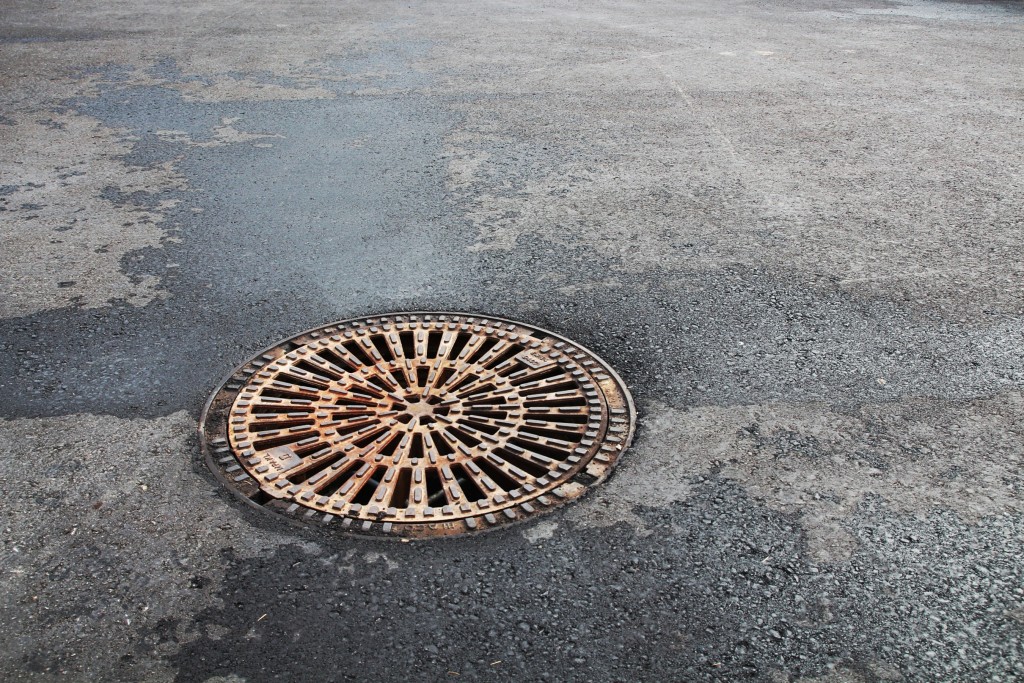The extreme cold of the winter season can be hard on pavements. However, it’s not just the cold season that can be a problem. The freezing-thawing process can also weaken the pavement considerably. Also, it’s not just asphalt that can be affected by freezing temperatures. Other paving materials are prone to weakening and damage as well.
What Is the Freeze-Thaw Cycle?
The freeze-thaw cycle is when the temperature in an area fluctuates. From above freezing, it suddenly plunges to well below the freezing point and then goes back to above freezing temperature again. Some areas are more prone to this kind of temperature pattern but nearly all places where the temperature can go down the freezing point can experience it.
How It Affects Pavement
When the temperature is above the freezing point, then water might seep inside the cracks on pavements. They can penetrate well below the surface. It might not be visible to the naked eye but there are small holes and cracks on the pavement surface that can accumulate over time.
Now, when the temperature freezes, the moisture trapped within those cracks and openings will freeze. The problem there is that when water turns into ice, it expands. According to studies, water can expand by as much as 10% and when it does that, it will push the materials around it since it can exert as much 30,000 psi during this process. That much force can cause real damage to a pavement as it can push the material upwards. It wouldn’t matter what paving material has been used.
When the ice melts as the temperature becomes warmer, it can go down deeper into the pavement and repeat the same process all over again, causing damage to the pavement on several layers. And if vehicles carrying heavy loads pass through the pavement, it can worsen the problem and potholes will start to appear.
Avoiding Pavement Damage

How can the damage caused by the freezing-thawing cycle be avoided?
There are some steps that you can take to avoid damage caused by the freezing-thawing cycle. The best move is to design the pavement with good drainage. A sloped pavement design is the easiest solution. This will ensure that the water is not going to stay on the surface of the pavement where it can seep down through the cracks. It will also prevent water from pooling in certain areas and make water flow to the proper drain.
The use of drain-tile piping below the pavement can also get rid of moisture, which might otherwise gather there and cause damage. Crack-sealing is a preventive measure that is highly recommended. If the cracks are already widespread, then the surface of the pavement should be redone. There are companies that provide asphalt repair services in Salt Lake City that can handle this for you.
The changing temperature can cause serious damage to your pavement. The good news is there are preventive measures you can take. Even when the damage has started, there are measures you can use to minimize its effects and prevent further damage from happening.




